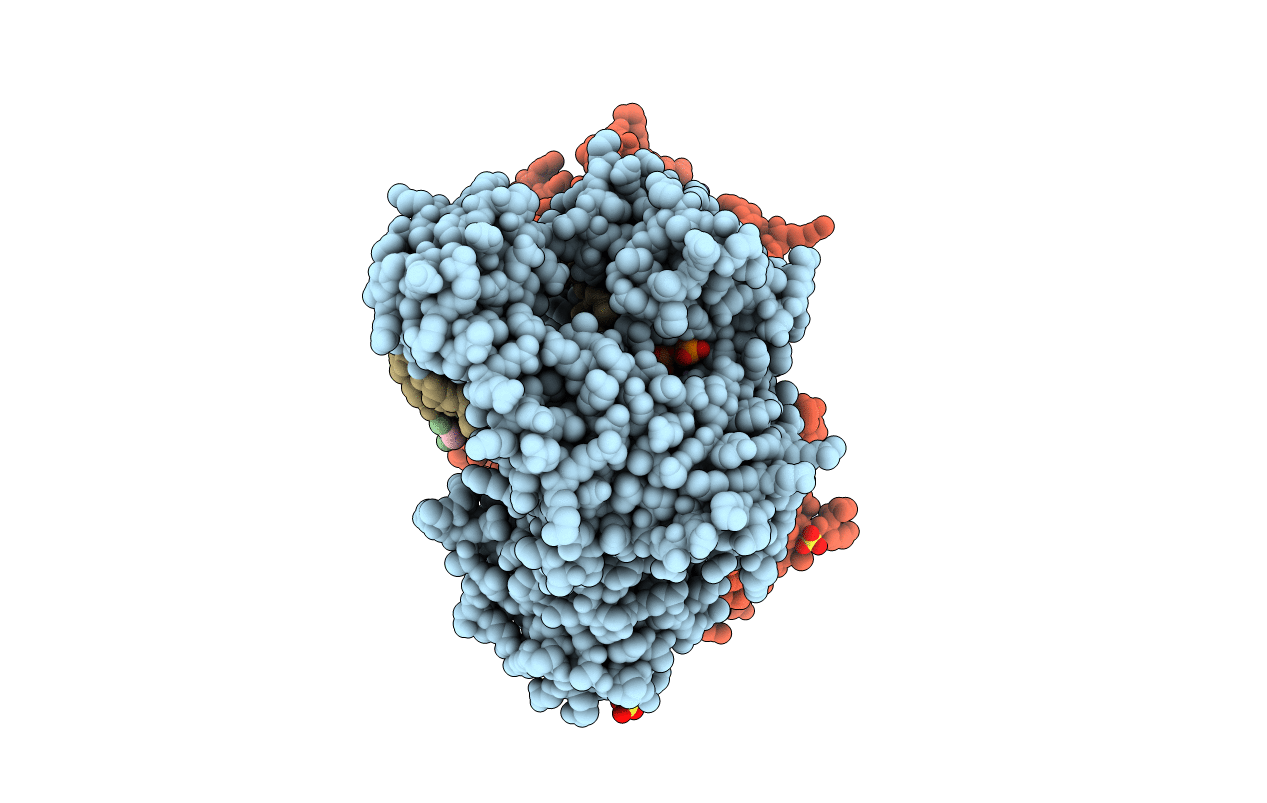
Deposition Date
2006-07-28
Release Date
2006-12-12
Last Version Date
2023-08-30
Entry Detail
PDB ID:
2HVH
Keywords:
Title:
ddCTP:O6MeG pair in the polymerase active site (0 position)
Biological Source:
Source Organism:
Geobacillus stearothermophilus (Taxon ID: 1422)
Host Organism:
Method Details:
Experimental Method:
Resolution:
2.49 Å
R-Value Free:
0.26
R-Value Work:
0.20
Space Group:
P 21 21 21


